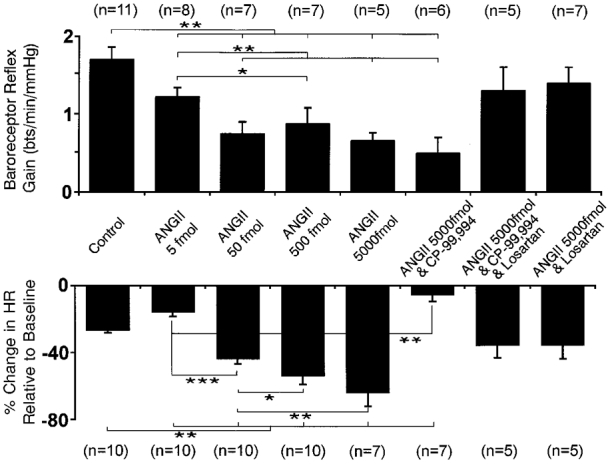Figure 3. Dose-dependent effects of NTS microinjections of ANGII on baroreceptor and chemoreceptor reflexes.

The cardiac response of the baroreceptor reflex was expressed as the gain (in beats min−1 mmHg−1, i.e. Δ heart rate/Δ perfusion pressure; upper graph). The percentage change in heart rate from baseline is shown for the chemoreceptor reflex (lower graph). The baroreceptor reflex gain showed a dose-dependent depression following microinjection of ANGII into the NTS. This reflex gain depression was insensitive to substance P receptor blockade with CP-99,994 (5 μM), but reversed by losartan (20 μM), indicative of a role for AT1 receptors. The chemoreceptor reflex-mediated bradycardia was also depressed at the lowest dose of ANGII (5 fmol) microinjected into the NTS. In contrast to the baroreceptor reflex, the chemoreceptor reflex bradycardia was potentiated after NTS microinjection of higher doses of ANGII in a dose-dependent manner. Potentiation was reversed by CP-99,994 (5 μM) into a depression compared to control. This reflex depression was abolished by losartan (20 μM) administration into the perfusate. Following losartan the reflex bradycardia was not different to the control response. n, number of preparations; * P < 0·05, ** P < 0·01, *** P < 0·001.
